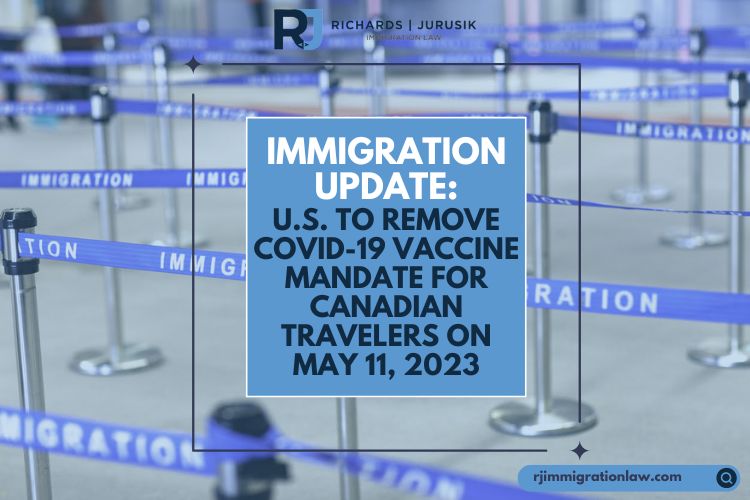How long can you stay in the US as a Canadian visitor?
Traveling to the United States offers Canadians many travel, business, and leisure opportunities. However, understanding the intricacies of travel regulations is essential to make the most of your visit without overstaying your welcome. This guide provides vital information on how many days a Canadian visitor is allowed in the US and tips to ensure a hassle-free travel experience.










